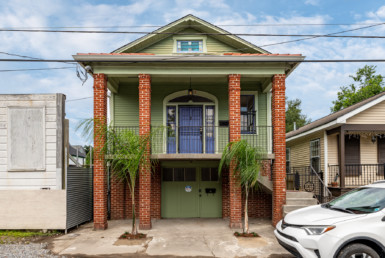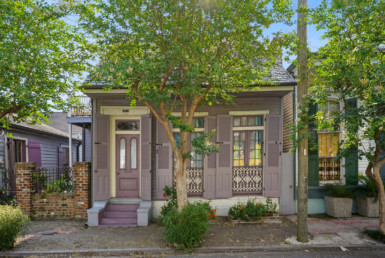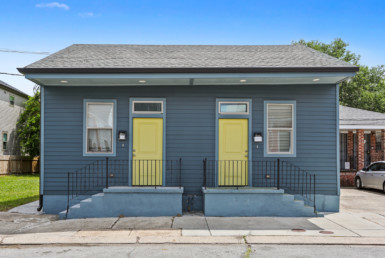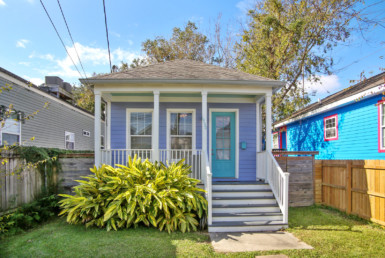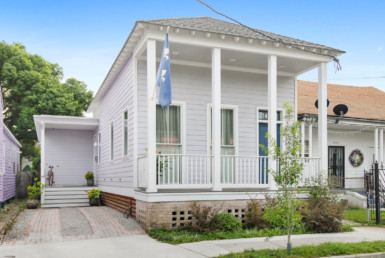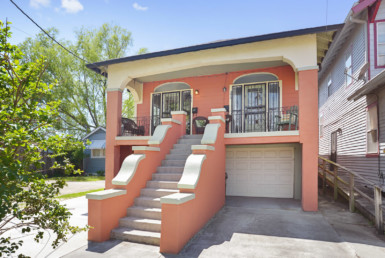New Marigny
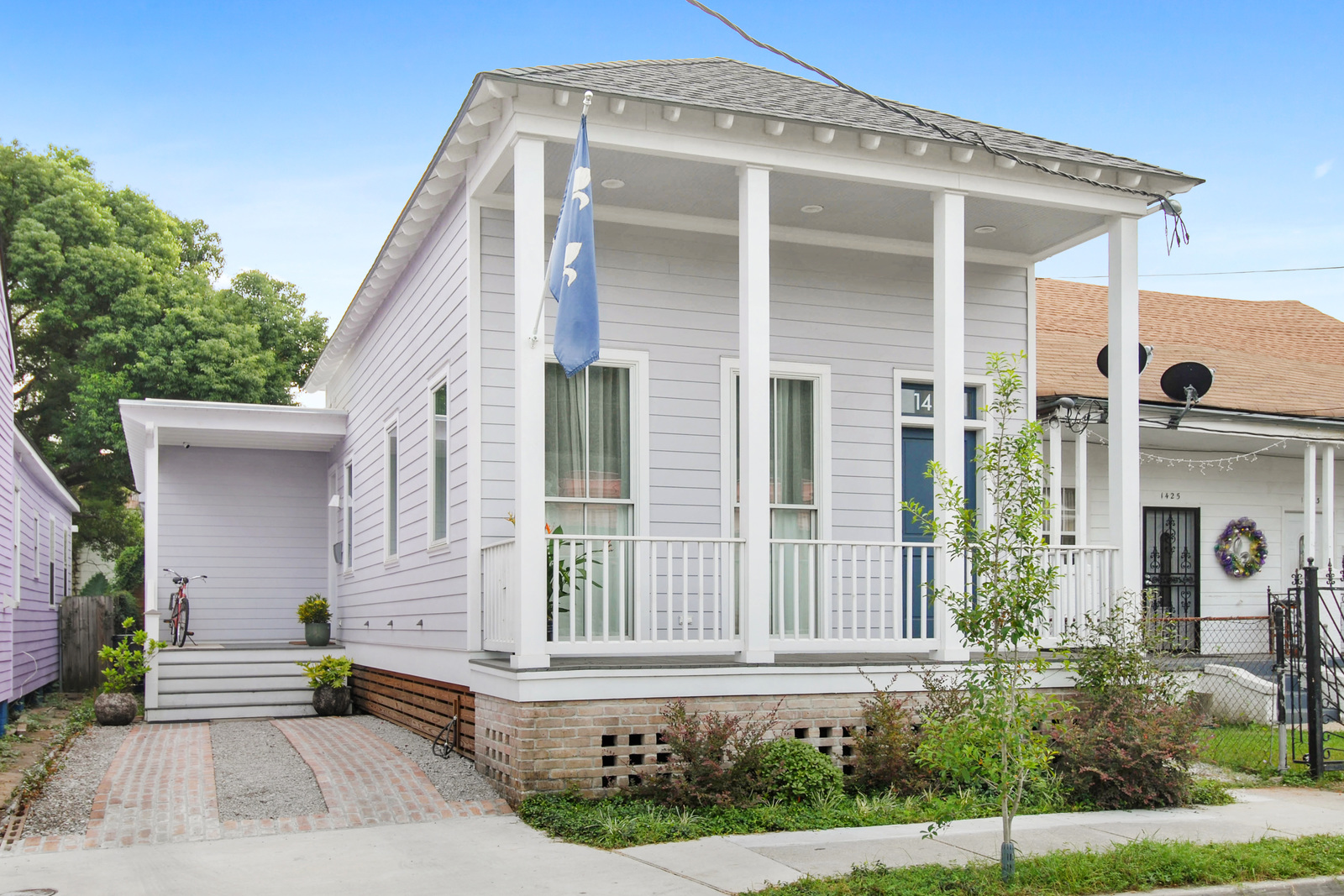
Convenient to both New Orleans’ Central Business District and the Vieux Carré, historic New Marigny, also called Faubourg St. Roch, has all the makings of a desirable downtown neighborhood. Industrialization and flight to the suburbs hit this area hard, however, and the construction of I-10 over a main thoroughfare in the 1960s sent many residents and businesses packing. By the 1990s residents were faced with the effects of decades of poverty, neglect and poor urban planning. In 1995 a group of determined residents banded together to close a notorious bar and forged a strong neighborhood coalition in the process. Since then, the same committed residents, under the banner of the Crescent City Peace Alliance, have worked with Preservation Resource Center’s Rebuilding Together program to paint and repair dozens of houses for elderly and disabled homeowners. They’ve also formed partnerships with local police to address crime, taken a systematic approach to blighted housing, and organized neighborhood tours and clean-ups.
Creole landowner Bernard de Marigny sold the lots in his 1806 subdivision, Faubourg Marigny, so quickly that he extended the development just four years later. Sales of the affordable, modest sized lots were spurred when the Pontchartrain Railroad, or “Smoky Mary,” began running on Elysian Fields Avenue in 1831. Development of the area downriver of Elysian Fields Avenue followed when Faubourg Franklin was laid out in 1834. This neighborhood, like Faubourg Marigny across St. Claude Avenue, was settled by French Creoles, German immigrants and free people of color between the 1830s and 1880s. Several musicians either grew up in the neighborhood or moved here as adults.
Ferdinand LaMothe, better known as Jelly Roll Morton, snuck away from his upright Creole grandmother’s home just off Elysian Fields Avenue to play piano in the red light district, Storyville. Sidney Bechet, Manny Perez, Danny Barker and Paul Barbarin, all giants of New Orleans music, also made their homes in the neighborhood. Driving or walking through New Marigny today, you’ll find 20th century funk palaces like the Saturn Bar on St. Claude Avenue and 19th century icons like the St. Roch Market, one of the last surviving public market buildings in New Orleans. The Circle Market at 1522 St. Bernard Avenue continues to thrive even with competition from national grocery chains. Under the ancient oaks along St. Roch and Elysian Fields avenues, Creole cottages and shotgun houses are gradually taking on a fresh coat of paint and new hope. A public park is underway for the formerly industrial Press Street corridor, and a streetcar line will soon connect St. Claude Avenue with the city’s business and tourist centers. For New Marigny, challenges remain, but things are looking up.
Courtesy of the Preservation Resource Center of New Orleans.


